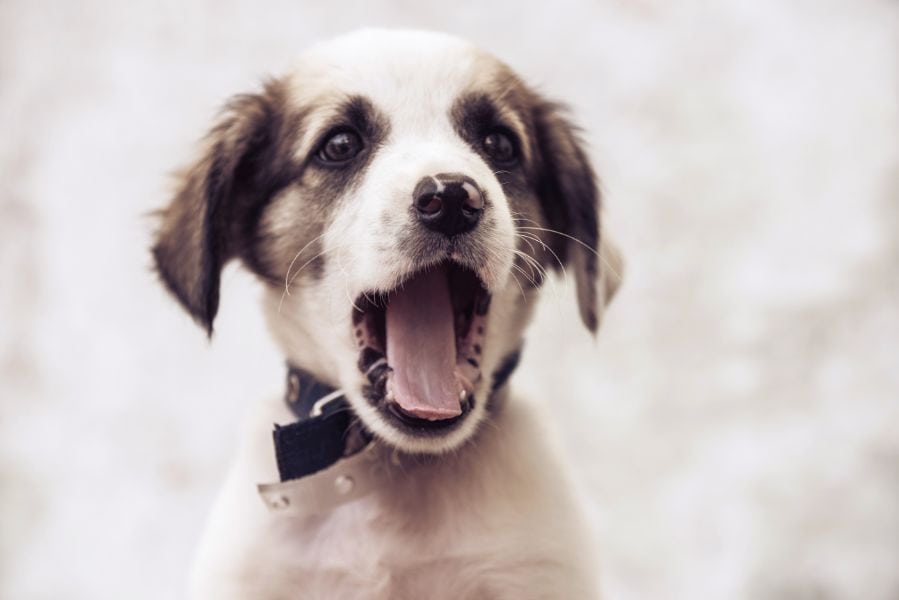Your Puppy Pupil: Training a New Puppy

What could possibly be sweeter than a little puppy? If you are the proud pet parent of a new puppy, you are probably filled with excitement and wonder, as well as a little trepidation. Many pet owners jump at the chance to adopt a puppy, but then wonder how this tiny tot could be so destructive, and when will they ever learn to potty outside and not on the rug?
Your friends at Rocklin Ranch Veterinary Hospital know the struggle. This is why we are here to give you a few pointers on training a new puppy so you can raise them to be an even more amazing dog.
Invest in a Crate!
If you don’t already have a crate, we suggest getting one. When a puppy is used to a crate at an early age, there is an increased sense of security and well-being associated with being in one later. And most dogs will need to be crated at one point or another.
Confinement may seem cruel, but it is actually a good way to house-train your pet while giving them their own den. Make the crate comfy with blankets and toys. Feed your puppy in the crate, so they also associate it with getting food. Crate your pet while you can’t watch them and at night. They will come to regard the crate as their bed or den, and are less likely to have an accident in them as they learn the ropes.
Plan on Taking Your Puppy Out Often
Think of how small your puppy is. Now, how small would their bladder be? No wonder they have to pee so often, right?
Any time your puppy drinks water, eats a meal, is removed from their crate, and basically every hour or so, you should take them out. We know that is a lot, which is why crating is a good tool to use when you have to leave the home for a bit. Never leave your puppy in the crate during the day for more than 2 hours, though.
Use Rewards to Encourage Good Behavior
As you establish the rules of the home, treat your pet to a reward when they do a good job. Many pet owners rely on the clicker method, which involves a small plastic clicker that has a distinct click when you press the button. Use this alongside a small treat each time your puppy eliminates outside or stops chewing on something they shouldn’t.
Using positive training skills involves redirecting your pet when they are naughty and rewarding them when they do the right thing.
Start Teaching Your Puppy Basic Commands
The first command your puppy will master is “potty”. But there are many important commands that a puppy can absorb at this tender age that will help them navigate life and be a stellar adult dog. Some commands you will want to begin with include:
- Come
- Sit
- Stay
- Drop it
- Lay down
- Potty
- Dpwn
- Wait
These cues are reinforced with your consistency and rewards. Keep your training sessions short, so you don’t frustrate your puppy. Never scold them for not following commands, but redirect them back to you using your posture, tone, and verbal commands.
Enroll Your Pet in Training Classes
By far, group training sessions can help your puppy excel in their basic commands. This is a safe and supervised way to socialize your pet, introducing them to other people and their dogs.
While we know that there are limitations in place now, due to COVID-19, as soon as classes are back, we recommend them as a wonderful complement to your at-home training.
Need Help Training a New Puppy?
We are here for you. We invite you to call us with your questions and concerns about training your new puppy. If they haven’t had their vaccines, spay/neuter surgery, or other puppy needs, schedule an appointment with us. We cannot wait to meet your cutie-pie puppy.

